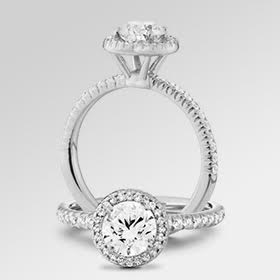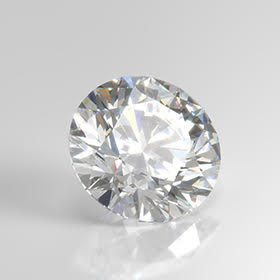Diamonds are one of the most celebrated pieces of jewellery in the world, without a shadow of doubt. Through careful marketing and storytelling as early as late 1800s, they cemented their role in every couple’s engagement story. Over the years, diamonds have become tantamount to eternal love, and why shouldn’t they be? Afterall, they are one of the strongest objects found on earth.
At their very core, diamonds are a crystalline form of carbon, which had for a long time in history, been a bane of a lot of scientists’ existence in the 1800s. For decades, they experimented to recreate the exact components to develop them as lab grown diamonds. One of the most critical flaws in the process observed, was that scientists attempted to create diamonds using similar processes to that of rubies, and sapphires, that led to failed experiments, and nothing more. Many unconfirmed reports suggest that some success and breakthrough in this area was achieved between 1894 -1928, it was however only in 1954 that General Electric (GE) was able to successfully first publicise the creation of lab grown diamonds. Credited largely to H. Tracy Hall, a GE chemist, he developed the first reproducible process of making lab created diamonds. When he developed the belt press, he was able to finally narrow down the exact temperature and pressure to create the diamonds. The first few years though, much of the diamonds produced were barely visible to the naked eye, and useful only for industrial purposes.
As scientific developments made strides across various different walks of life, lab grown diamonds too found significant improvements in their process of development and by the 1980s, they began to gain a sizable reputation in the commercial markets. Lab Grown Diamonds however continued to face scepticisms from diamond buyers about its authenticity, where they were often mistaken for synthetic replicas. Through careful education, a change in generational outlook of the origins of naturally occurring diamonds, focus on sustainability, cruelty-free mindset has all eventually led to a more positive uptake for lab grown diamonds.
As of late 2010s, traditional diamond brands entered the lab grown diamond market and have successfully introduced a separate line of more eco-conscious jewellery that consist of lab grown diamonds. With a bevy of celebrity endorsements for lab created diamonds, they are now the being accessories of choice at popular award shows, red carpets and personal engagement rings. This has led to a significant growth on value of these diamonds too and are slowly and steady becoming mainstream choices for the masses.









